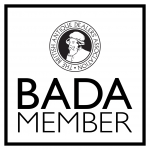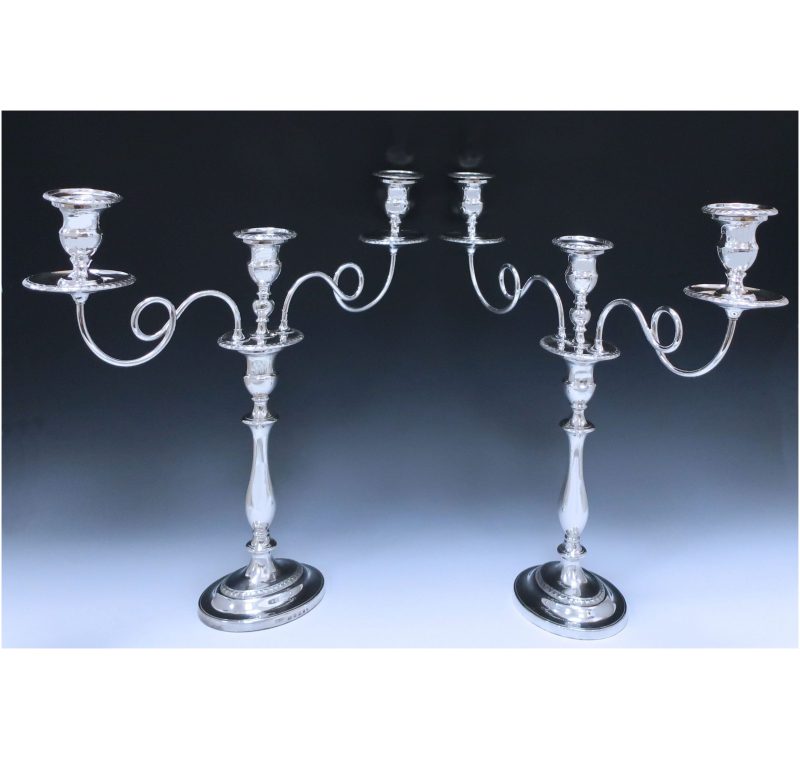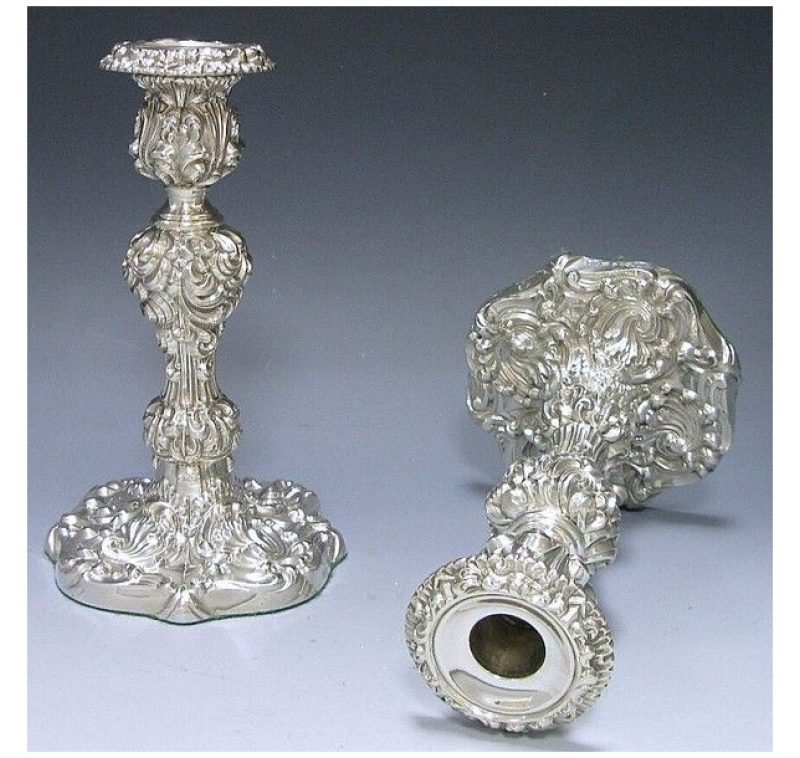
Daniel Holy & Co
Daniel Holy & Co registered their first mark on 19 July 1776, the partners being George Woodhead and Daniel Holy, brother of Thomas, who had entered partnership the previous month. It seems that Woodhead, who was a merchant, was not a working partner and Holy was allowed a salary of £70 pa for managing the business.
A second mark entered in September 1778 may have represented a partnership change; possibly the introduction of Samuel Wainwright with whom Holy and Woodhead were in partnership in 1780. Wainwright's place was taken shortly after by Joseph Drabble.
A new partnership under the style of Daniel Holy, Wilkinson & Co., was entered into from 1st January 1783 with Robert Frederick Wilkinson and Robert Robinson joining the existing partners. That partnership ran its full course of seven years with a new 14 year agreement being entered into from 1 January 1790. The output of the concern included tea and coffee pots, cruet frames and candlesticks. Woodhead left the firm at that time and Ebenezer Parker, a witness to the partnership agreement of 1783, and probably an employee, became a junior partner. That partnership also ran its full course. On its dissolution on 31 December 1803 Drabble, Wilkinson and Robinson left the firm, the latter two establishing the firm of J Drabble & Co. with James Drabble, Joseph's son.
The firm of Daniel Holy & Co. continued, presumably using the original mark of 1776 as no other was registered. The partners, as from 1 January 1804, being: Holy, Parker, William Cresswell Webb, William Hall and William Hadfield. The agreement gives some indication of the specialisation, which was one of the reasons why much of the Sheffield silver production was in the hands of partnerships. Many partnerships had a 'rider' - what we should now call a traveller - who was often, also, the principal bookkeeper. In this case it was Webb, who appears to have been recruited from Birmingham. Hall was to work at the business of a "pierce worker" and Hadfield at that of a die sinker. Webb left the firm in 1808 and the remaining partners continued to 1812 when Ebenezer Parker died.
In 1812, the three remaining partners were joined by George Holy, Daniel's son and Ebenezer Parker (nephew of the previous partner of that name). The style of the firm became Daniel & George Holy & Co. The agreement of 1804 had provided for both George Holy and Ebenezer Parker (the younger to be employed in the firm), and for George to be admitted a partner on attaining the age of 21 if he so elected. Daniel Holy died in 1831 and Wilson records that in 1833, the firm ceased to be customers of Read & Lucas, the Sheffield precious metal refiners, where they had been customers since 1776, having moved into steel making.
At the end of 1803, when Robert Frederick Wilkinson and Robert Robinson left Daniel Holy & Co. they went into partnership with James Drabble, Henry Mylins (or Mylius), George Battie and Alexander Goodwin Turner, registering the mark.








